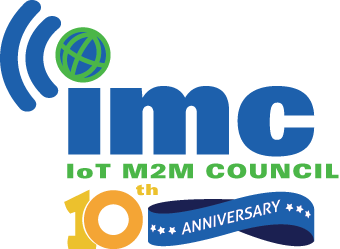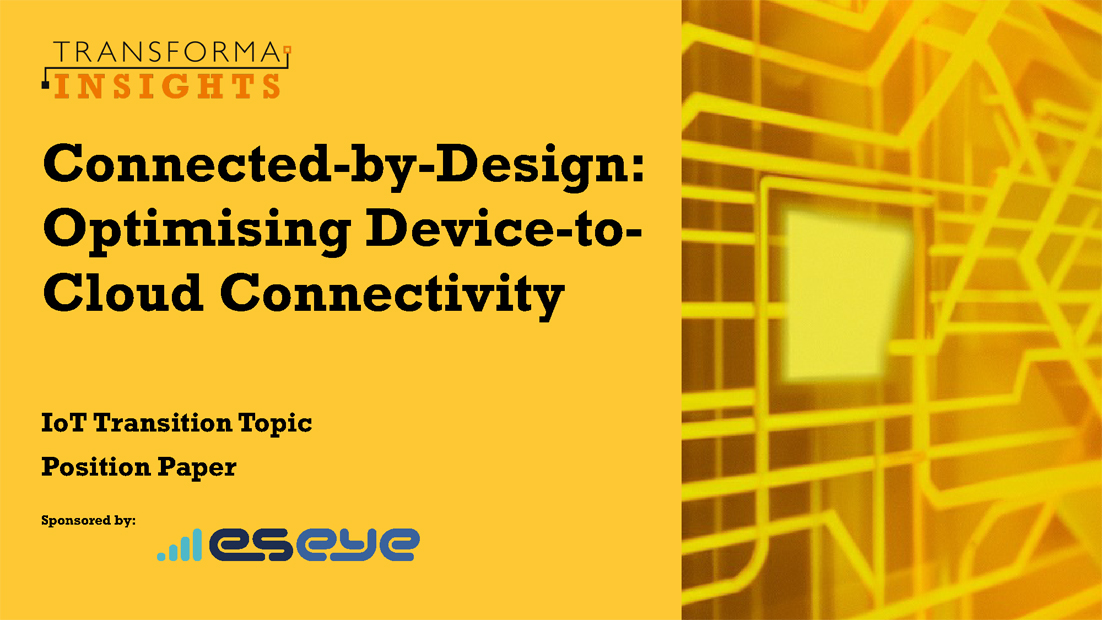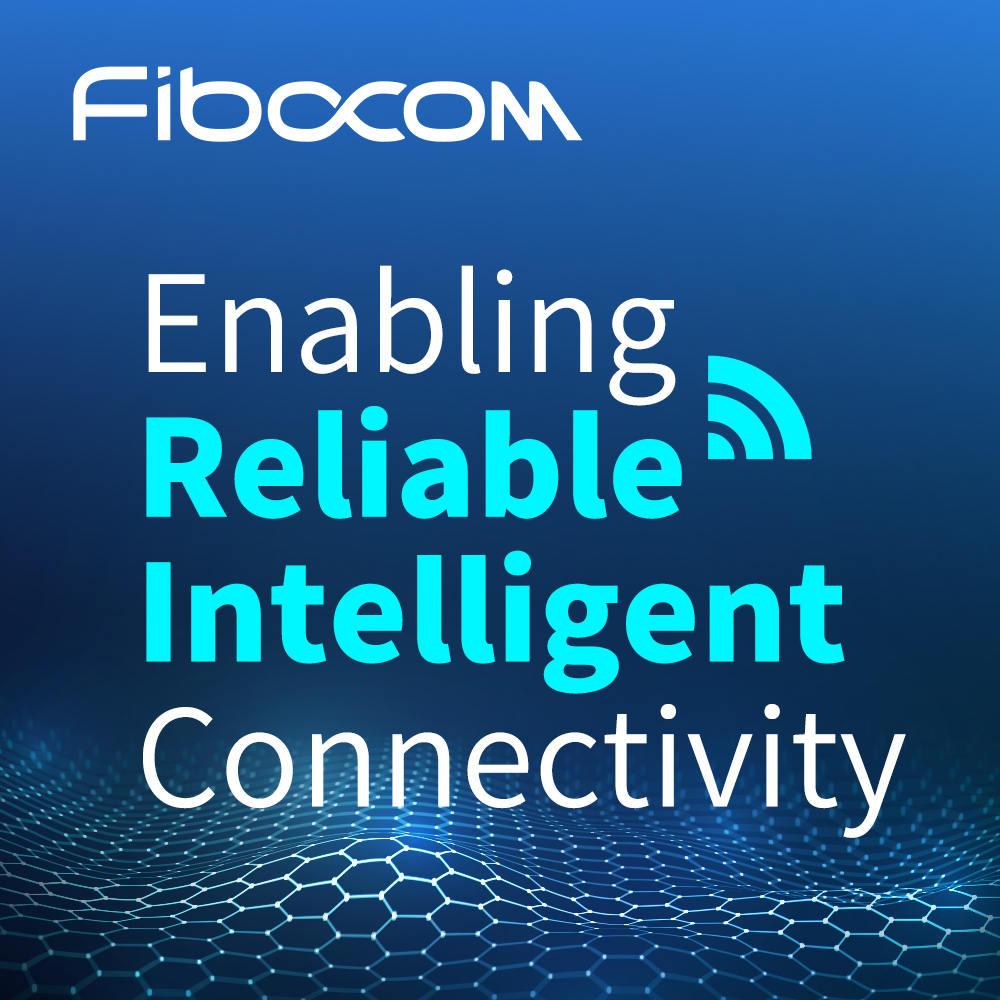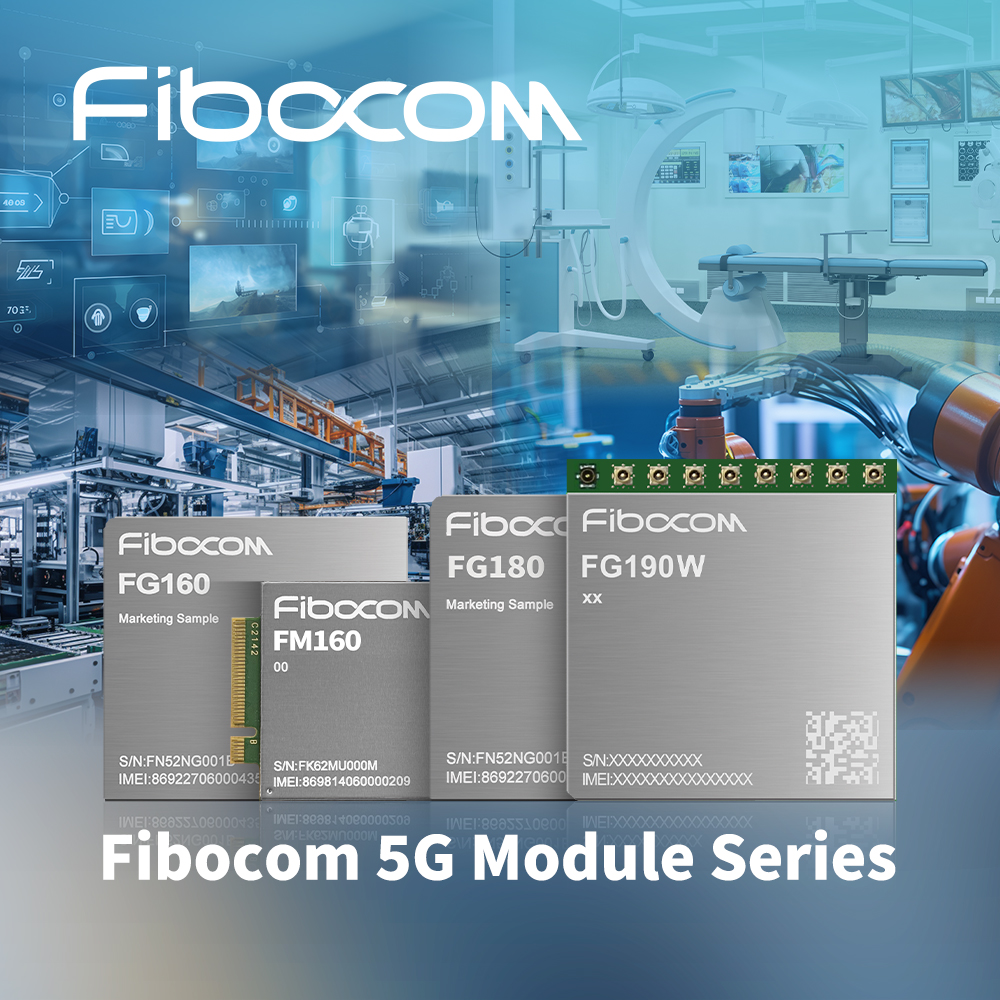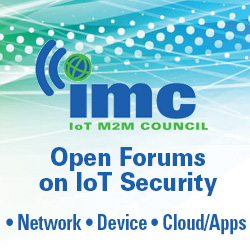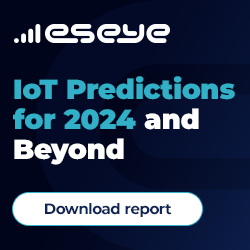Transforma and Eseye connected-by-design report
- July 26, 2023
- Steve Rogerson
A Transforma Insights study sponsored by Eseye identifies the need for IoT to be connected by design.
This fits with some of the initiatives that the IoT M2M Council (IMC) is working on. Connectivity by design means engineers need to think about connectivity when designing product much earlier in the process. Indeed, a 2022 survey of IMC adopter members showed that around 40% of respondents were sourcing data plans and hardware at the same time.
This concept is the impetus behind the IMC’s latest cooperation with the Embedded World show, both in Nuremberg and Austin.
IoT industry analyst firm Transforma Insights has published the study as part of its series of transition topic position papers, looking at how the increasing complexity of the IoT stack necessitates a new connected-by-design approach, which places the optimisation of connectivity at the heart of the development process.
The report examines the transition occurring in how IoT deployments are developed, moving from a one-size-fits-all approach built on technologies that were not developed with the constraints of IoT in mind, to a connected-by-design approach, reflecting the requirements of each IoT use case, complexity of the mix of components, and where careful consideration is given to how all the elements are optimised, particularly connectivity.
The report found the diversity and complexity of IoT requires careful navigation. Every use case considered under the umbrella of IoT has unique deployment characteristics, whether it relates to access to power, requirements for bandwidth or latency, volume of data, frequency of communication, resiliency, up-time requirements, limitations of form-factor or cost, and numerous others. At the same time, it is a highly complex development environment, with a full stack that includes sensors, embedded operating systems, networking, application data management, business process integration, end-to-end security, and compute, all managed across device, edge and cloud.
Cross-optimisation of the elements of the IoT full stack is critical. Given the constraints under which IoT use cases typically operate, it is critical that the elements of the full stack are optimised for the needs of the application, particularly making use of a range of technologies that have emerged quite recently aimed at IoT constrained deployments. It is not enough, however, simply to use components that are individually optimised for IoT; developers must ensure they are cross-optimised with each other.
Due to the distributed nature of IoT, connectivity is the lynch pin, and the most critical element to cross-optimise with others. All other dependencies will be subsidiary to those related to connectivity. For this reason, developers need to adopt a connected-by-design approach that simulates how to architect a distributed application, implementing the appropriate features and functionality.
Because of the unique nature of every IoT use case, the requirement for cross-optimisation, and the particular criticality of connectivity, IoT devices need to be built with considerations of connectivity permeating the whole of the development process, not bolted on at the end.
“Many will be familiar with the concept of secure by design, whereby considerations of security are at the forefront of a product design process, permeating the whole development process,” said report author Matt Hatton. “This provides a far superior framework than attempting to overlay security at the end of the development process. The same thing applies to connectivity in the context of IoT. It is fundamental to the proposition, acting as the glue that binds the various elements of the stack, and there are many potential pitfalls. This means it cannot be simply bolted on after it has been built and/or deployed. It must permeate the design process. Hence connected-by design.”
Eseye senior vice president Larry Socher added: “More than other IT applications, building successful IoT requires a tailored approach. Every device and use case are unique, with each deployment coming with its own constraints and idiosyncrasies. While embedding connectivity intelligence up front increases flexibility and resiliency and helps future proof a deployment, ideally connected by design uses a holistic approach in which all components are cross optimised. A great example of this is selecting low-powered connectivity options such as NB-IoT and LTE-M to maximise battery life for a device that may be in the field for ten to 15 years.”
The position paper examines all aspects of the IoT full stack and the connected-by-design approach to addressing it.
It starts with a consideration of the diversity of IoT use cases, and then examines the full IoT device-to-cloud stack, and the array of complex elements required to manage data flows in a distributed environment. This includes discussion of sensors and actuators, operating system, compute, storage, edge computing, application, data, business and process integration, and end-to-end security and management. A section looks at the connectivity element, which is perhaps the most crucial in IoT, focusing on the nine key sensitivities of IoT use cases that will dictate connectivity technology choices, including cost, access to power, and requirements for speed, latency, availability and mobility. Finally, it proposes an approach to ensure the complexity and diversity of IoT is optimally addressed.

